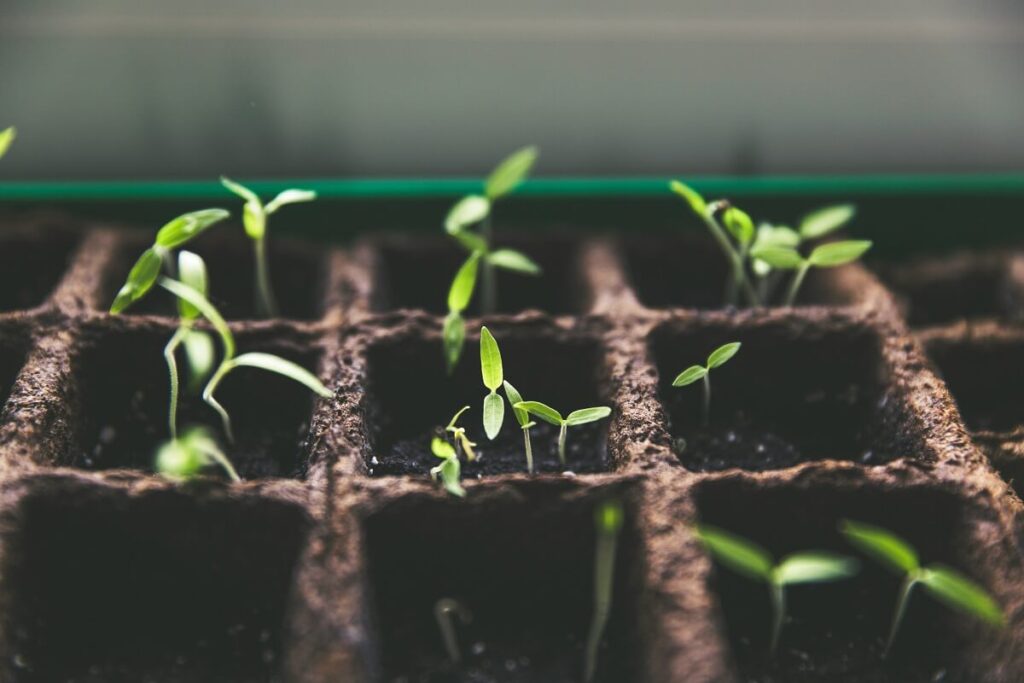
If you have a kindergarten student, you probably love watching them learn and grow a little more each day. You can give your child a sense of this wonder when you let them experience a classic Montessori kindergarten activity — seed germination.
Why seed germination? It might seem overly simple, but there’s no better way for kids to discover how plants grow. Here’s a look at why seed germination is a fun, educational, and memorable activity.
It Teaches Children to Care
Learning how to care for something is a key part of growing up. It’s also a key part of any Montessori kindergarten program. During this phase of development, kindergarteners learn to care for themselves and their environments.
When germinating seeds, children care for each one — they situate the seeds in the soil (and sometimes, even on paper towels), water them, ensure they get adequate sunlight, and watch them grow. They learn what the seeds need to thrive and then deliver it. Kids also get to experience the joy (and even pride) when their efforts pay off!
It’s More Powerful Than an Illustration
In a Montessori kindergarten program, children start to learn the way the world works. Of course, you could teach a child about plant growth by showing them an illustration in a textbook. But they’re much more likely to remember it if they can truly experience the process.
Involvement of the senses is a key part of Montessori education. When your kindergartener has the chance to germinate seeds in the classroom, they can smell the soil, hold the seeds in their hands, and touch the new sprouts as they reach up through the soil.
Some teachers will also cut a cross-section of a germinating seed. This way, the child can see and touch the very beginning of a new life!
You Can Turn It Into an Experiment
For many Montessori kindergarten students, just germinating seeds and watching them grow is enough. However, if your child is hungry for more, you can take things a step further by creating an experiment.
More specifically, you and your child can investigate how a certain factor (or multiple factors) influences the seed’s growth. Here are some factors to consider:
- Temperature
- Planting depth
- Amount of light
You don’t need to investigate them all at once — just pick one. For example, if you pick temperature as a factor, you could plant two seeds. Place one in the fridge and one on the kitchen counter, and see which one sprouts first!
It’s Inexpensive and (Almost) Failsafe
The good news is that teachers and parents don’t need a green thumb for this activity to work. There’s nothing worse than having a class of small children disappointed that their seeds haven’t grown, but fortunately, that’s very unlikely! Many plant species have seeds that will even sprout when placed on a wet paper towel.
It also costs very little to do this activity at home or school. You can get all the supplies you need (usually just seeds, small containers, paper towels, and maybe soil) for a few dollars.
Is Montessori Right for Your Family?
At Flagstaff Montessori, we’re always happy to introduce new students and parents to the eye-opening world of Montessori. If you’re interested in making the change, we’d be happy to have you! Get in touch with us to schedule a tour, learn more about us, or just learn about the Montessori philosophy. We look forward to hearing from you!
